Little we see in Nature that is ours;
We have given our hearts away, a sordid boon!
The World Is Too Much With Us, William Wordsworth
There is no denying the fact that most of the aesthetics that we perceive in Indian art are directly deduced from the natural world. Whether it is the iconic lotus and cow motifs found in longstanding paintings of Pichwai art or whether it is the delicate interplay of birds and leaves in the Kashmir Paper Mache. Indian aesthetics and crafts have repetitively strived to gently nudge our awareness towards the eternal patterns and synergy that exist and persist in the universe. The winding creepers in vivid hues, or the dynamics of prey and predator, nature in general and our ancient art in particular, have deftly revealed this harmony, both soothing and awe-inspiring at once. In a similar vein, the age-old tradition of artisans have not only understood the aesthetic aspects of wilderness and landscapes but have also appreciated the philosophy and simplicity of existence. They have been an integral part of sustainability in their own big and small ways, something which cannot be understated.
There is one thing that binds the Kalamkari art of Andhra Pradesh, the Phad paintings of Rajasthan, and the colourful Pattachitra of Odisha. No, here I am not talking about their sacred epic-inspired handcrafted images. I am referring to the use of organic dyes and colours in these artworks. These three timeless expressions of art are not just the only ones; there are many other art forms in India reputed for their use of organic dyes, stone colours, rice flour, plant-derived hues, tamarind pastes as their glue to name a few. Rajasthan serves as an epicentre of many schools of Miniature painting including, Mewar, Malwa, Bundi, Kota, Kishangarh, and Jodhpur. The grander the theme, the more attention is paid to the minutest details. These details are scrupulously handled through delicate brushstrokes and the application of luxurious hues. If it were not for the natural colours derived from vegetables, indigo, precious stones, natural gold and silver, the legacy of this cumulative tradition would not have attracted so much attention to itself.

Earthen pots, earthenware and a humble surahi can still be found in the villages of India, bearing testimony to the longstanding ancient civilization, as does the terracotta art. Whether in Bihar, Bengal or Punjab, earthen potteries are a ubiquitous object in every Indian state. Apart from making day-to-day utility items, Indian potters have never hesitated to create terracotta arts and toys from simple mud using their masterful hands. It is not for nothing that terracotta art is highly valued here. A terracotta item is believed to encapsulate the Panchatatva, or the five elements of nature- air, fire, water, earth and ether. All creatures, living and nonliving, are said to be composed of these five elements, and terracotta, actively symbolises these elements. The sustainability of terracotta and the world of wonder it holds within itself, need to be pondered upon.
Talking about sustainability, it is almost imperative to mention the Sujani Kantha craft of Bihar. Sujani Kantha embroidery is colourful with its nature-inspired designs. Kantha crafts have grown into one of the exquisite indigenous crafts of India, but it all began with the village women weaving their love, expressing their simple joy of welcoming a healthy newborn into their small homes.These women, lacking access to fancy or precious items, made the best use of the resources within their reach. Colourful threads, old sarees, and old dhotis were readily picked to craft something new from the old. If this isn’t sustainability, what is?

The Rabari and Ahir communities of Gujarat, known for their nomadic lifestyle are also well-known for bestowing the artistic heritage of Lippan to the land of Kutch. With its mirror and mud work, Lippan craft is a treasure trove of symbolism, sustainability and resilience. The women of these communities transform their simple cottages into impressive specimens of eco-friendly living. Owing to the scorching summers and chilly winters of Gujarat, the women of the communities devised an ingenious plan to create a visual spectacle that is both purposeful and pleasing to behold. While we urban dwellers heavily rely on air conditioners and room heaters, often prioritising our comfort over sustainability, the Lippan houses offer an ingenious alternative approach. They regulate interior temperatures, maintaining optimal conditions for the dwellers. Mud houses, in general, are quite popular in India for this property, with Lippan houses serving as a prime example.

If in the face of climate change and pollution, we can get our baskets, mats, boxes, chairs, and other such utility items from one single sustainable element, then it is a boon that should be embraced without delay! I am talking about the versatile bamboo plant. The bamboo and cane crafts of Tamil Nadu, Bihar, Assam, and Mizoram are so skillfully done by the handicraft community. This tradition is not new, it’s been done for ages. Similar to this is the Sikki craft of Bihar. The golden grass of Mithila region is sustainable, durable, and executed with remarkable dexterity, making it all the more fascinating and suitable for the local crafters as well as the consumers. Furthermore, Sikki is quite known for the exquisite jewellery it can be crafted into.

It’s high time we stop underestimating the beauty and wisdom of our previous generations and rather appreciate their ingenuity. At the time when countries across the globe are discussing Sustainable Development Goals (SDGs), and aiming for even cleaner air and healthier food on our tables has become our immediate concern and objective, it is essential to revisit our roots. Reflecting on the simple life of rural India, considering how people managed to find time to create crafts, using materials that are cheaper, better and readily available, and finding ways to incorporate their ideas in contemporary times is highly imperative.


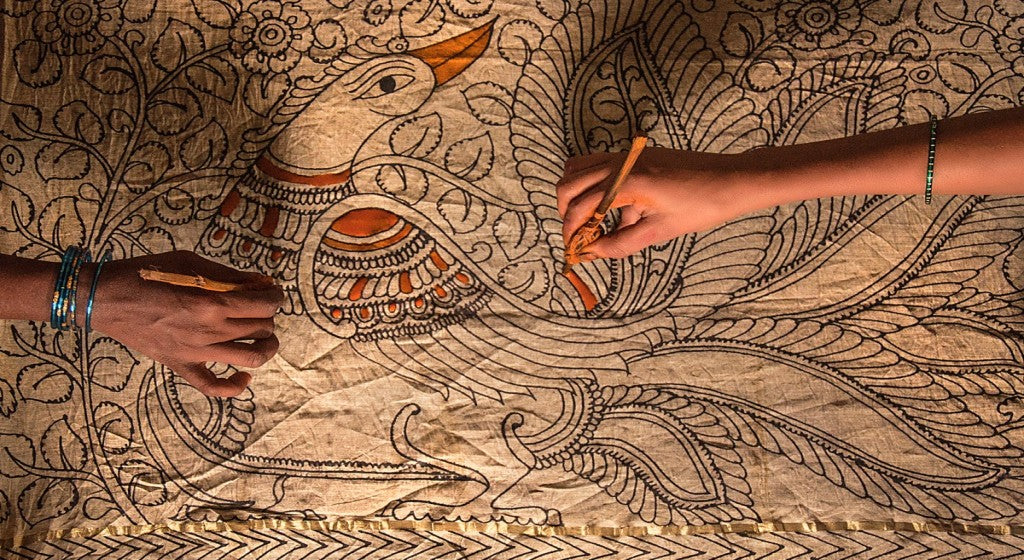











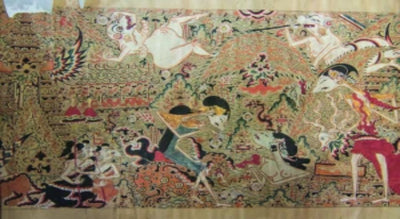
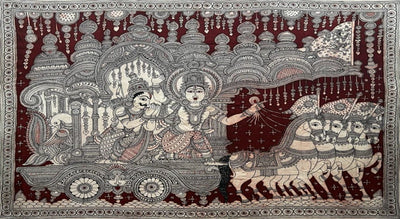

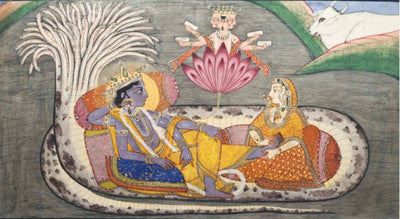

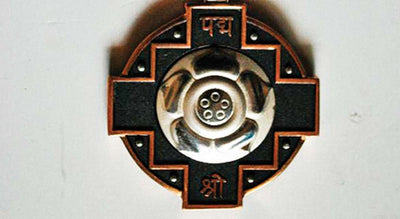

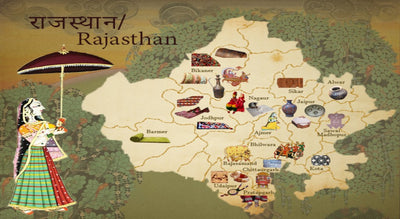
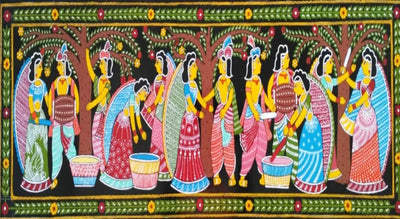
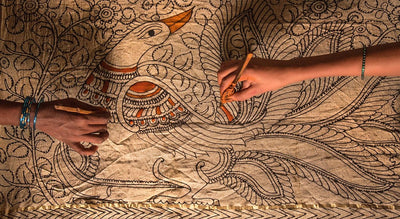
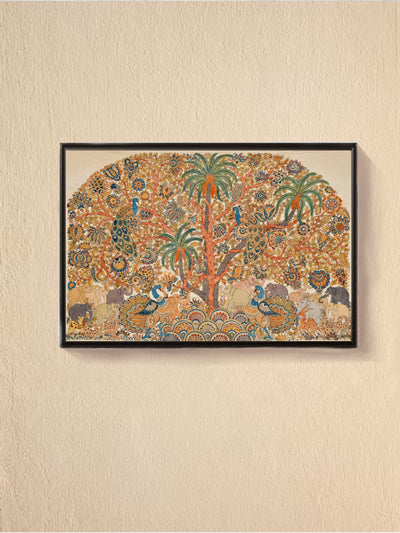







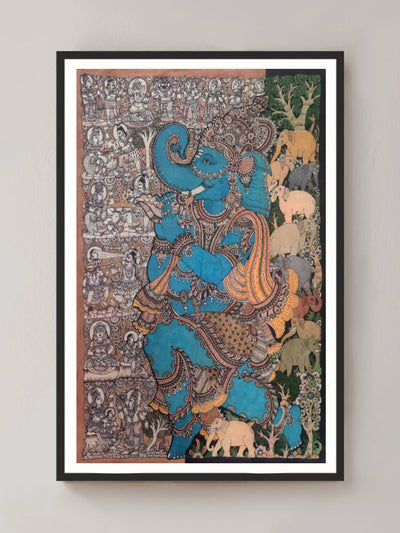








Beautiful article. I am a student of fine arts and always on the lookout for in-depth article such as this. If anyone is interested in DFA: https://www.penkraft.in/DFA